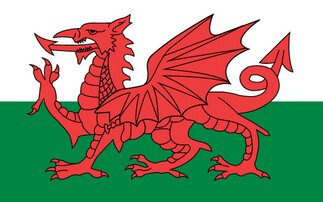Injection attack comes back to haunt SQL administrators
SQL injection attacks return to clobber thousands of web pages An old hack attack has come back to haunt SQL databases, after reports that a widespread attack has compromised thousands of web pag...
To continue reading this article...
Join Computing
- Unlimited access to real-time news, analysis and opinion from the technology industry
- Receive important and breaking news in our daily newsletter
- Be the first to hear about our events and awards programmes
- Join live member only interviews with IT leaders at the ‘IT Lounge’; your chance to ask your burning tech questions and have them answered
- Access to the Computing Delta hub providing market intelligence and research
- Receive our members-only newsletter with exclusive opinion pieces from senior IT Leaders






















